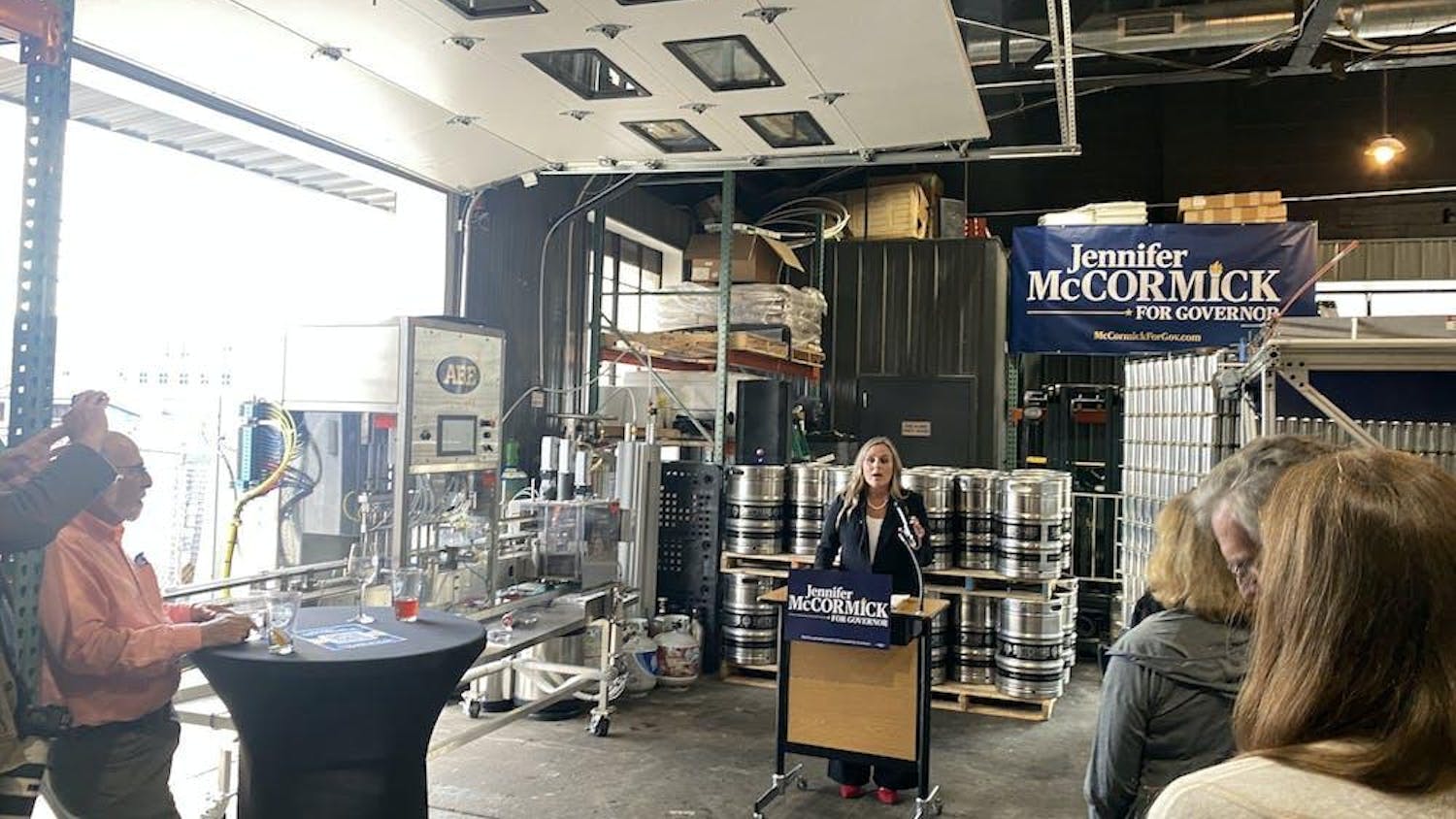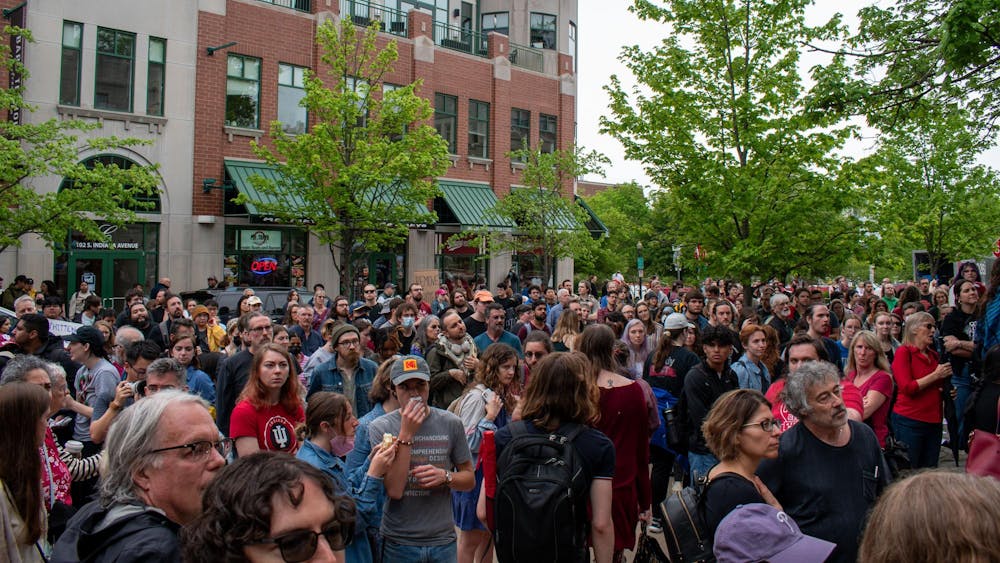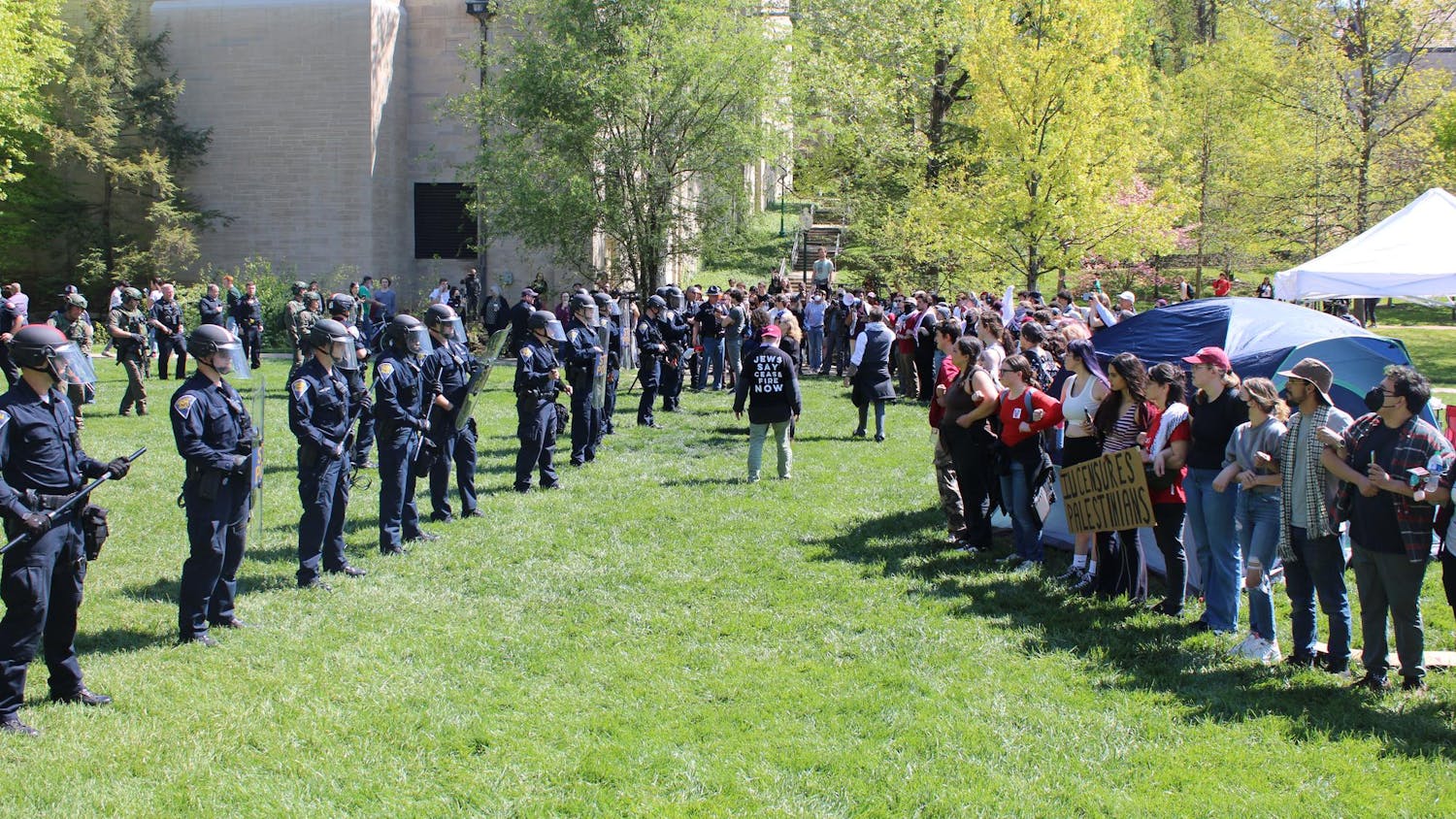Storms swept through Bloomington last summer.
Rain fell, and trees were uprooted.
“It was a dark and stormy night” applied to most days.
IU lost more than 700 trees due to harsh weather.
After the storm, the University invested in 1,100 new seedlings for
replacement.
“Planting the trees in response to the storm was a way to be a good stewardess to the environment,” IU Landscape Architect Mia Williams said.
But this year’s weather has again made life tough for campus trees.
Monroe County has been placed under a state of extreme drought. As of July 25, rainfall was estimated to be down about 16 inches from previous years.
According to the Indiana Drought Monitor, about 54 percent of Monroe County, including IU, has been affected by the dry weather.
“We sort of signed on to care for the trees, so we need to do our best to keep them alive,” Williams said.
Nursery Manager Mitchell Goss said he thinks about 20 percent of those trees will be lost.
“You’re seeing very, very large trees, I’m talking 24 to 30 inches in diameter, dying due to lack of water,” Goss said. “We just can’t keep up with the landscaping.”
Campus division employees have been watering 10 hours a day, five days a week to try and maintain IU’s woodland landscape.
But Goss still describes campus as “burnt.”
The trees, a $121,000 investment by the University, might have to be replaced.
In an effort to avoid additional expenditures, IU has invested $8,000 in gator bags for the greenery.
These bags cover tree stumps and protect water from immediately
evaporating.
So far, 500 campus trees have been outfitted.
The University Division fund, and IU benefactors contributed funding.
Goss said maintaining campus green space is important because it acts as the first “hello” and final “goodbye” for students.
“It’s what I think about every morning,” Goss said. “What the students will see as they enter and what they see as they exit.”
This year, when students return to campus for fall semester, Goss said what they will see is a very, very drastic situation — brown grass, burnt fields and leaves fallen prematurely from trees.
But a small circle of green will surround those 500 trees that have received gator bag assistance.
Drought affects IU trees, landscape
Get stories like this in your inbox
Subscribe





